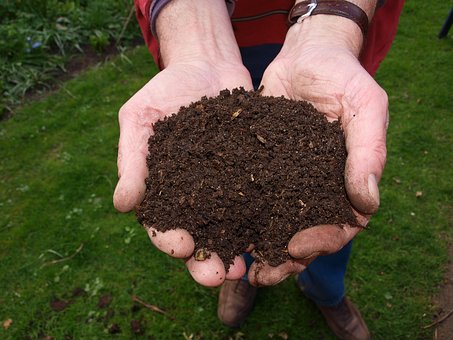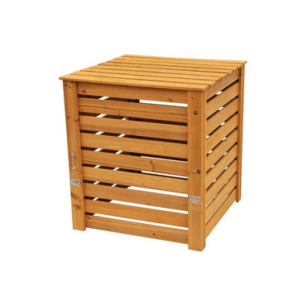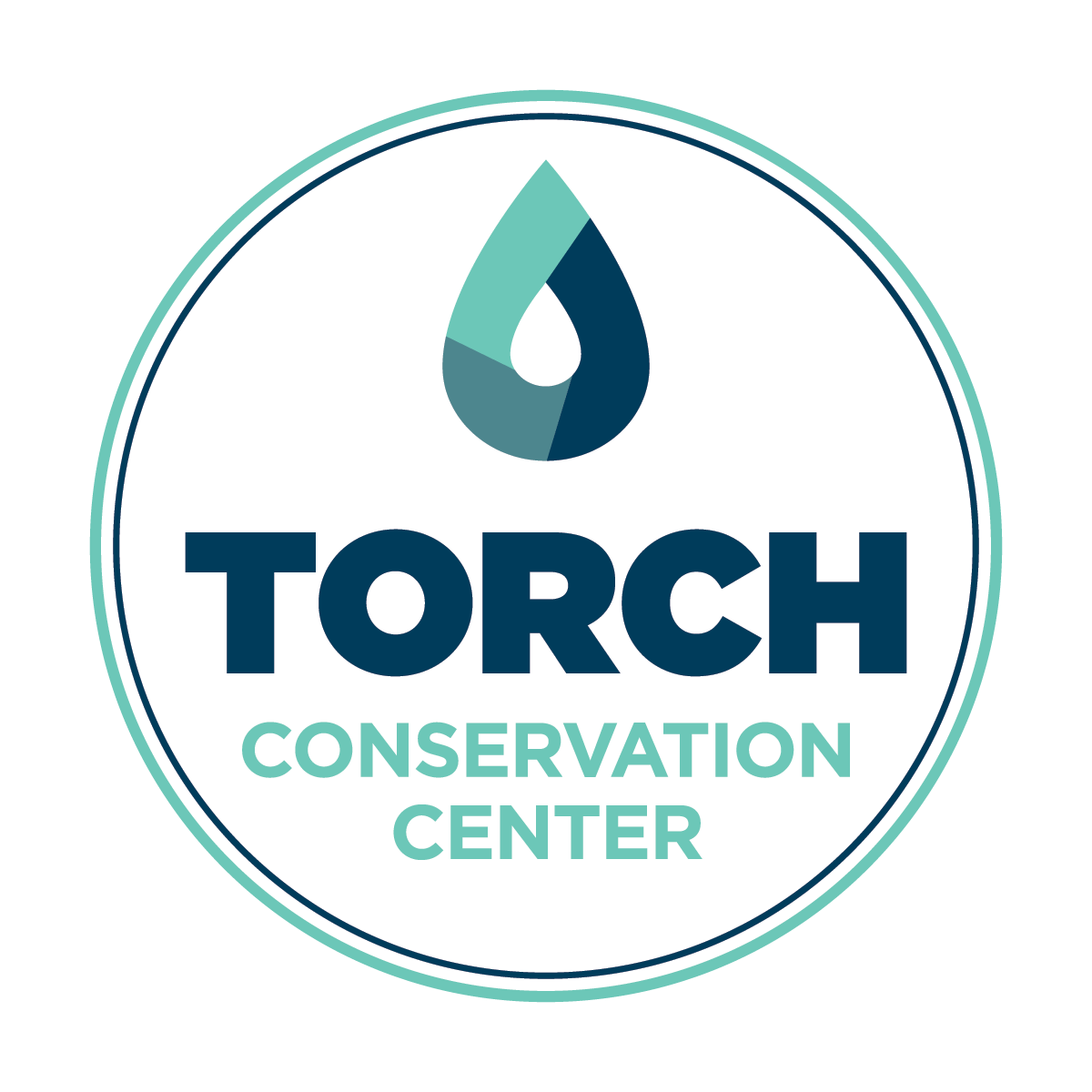 TRUE BLUE Living
TRUE BLUE Living
Compost: Your Own Organic Fertilizer
Nature recycles. Waste is a human invention.
Half of the solid waste we produce in our homes and yards comes from plants.
Composting changes plants into soil. Decaying plants create an organic fertilizer.
As plant material decomposes, the process changes leaves, grass clippings, wood ashes, and other plant materials into soil.
Composting is like creating a probiotic for our yards – adding microbes to soil like yogurt adds microbes to your gut. Microbes recycle minerals, carbon and nutrients back into the soil.

Image: Texas A&M
What are the Benefits of Composting?
Benefits to You
- Saves money on lawn care, because you don’t need to pay for chemical fertilizers
- Saves money on waste collection fees
- Saves money on yard maintenance
- Prevents dangerously high levels of nitrogen in your drinking water
Benefits to the Land
- Provides nutrients to build healthy soil
- Increases soil’s capacity to hold water
- Reduces weed growth in gardens and lawn
- Enhances garden plant immune system
- Prevents our landfills from filling up
- Decreases the amount of methane (a greenhouse gas) being emitted from landfills
Benefits to Torch Lake
- Keeps excess nutrients our of Torch Lake
- Reduces the algae growing in the bottom of the lake
- Helps keep Torch Lake BLUE

Photo: U of Maine
WHAT CAN YOU DO?
We know you want to enjoy the lake for many years (and generations) to come. So, we’ve put together a list of simple steps you can take to reduce the nutrients, sediments and toxins flowing into the Torch Lake and its streams.
Make a better organic fertilizer!
Step 1. Construct a compost bin.
Put 4 stakes in the ground and attach green fencing.
Or construct a wooden bin.
A covered bin will keep wildlife out of your compost.
Step. 2 Compost your yard trimmings (Brown Material) and food scraps (Green Material).

Brown Material
- Leaves
- Hay
- Sawdust
- Dryer Lint
- Hair
- Fur
- Egg Shells
- Tea Bags
- Fireplace ashes (not from Duraflame Logs)
Green Material
- Vegetable Scraps
- Fruit Peels and Rinds
- Corn husks and cobs
- Coffee grinds and Filters
- Nut shells
- Cut grass
- Non-invasive Weeds
- Plant clippings
Step 3. Use the Torch Lake Watershed Compost Recipe
1. Mix equal amounts of Green Material and Brown Material.
2. DO NOT add animal waste or these other items to your pile.
- Dairy Products
- Bones and scraps of meat or fish
- Fats, grease, lard or oils
- Charcoal ash
- Treated Wood Sawdust
- Pet Waste
3. These items may be harmful:
- release substances harmful to plants
- attract animals or flies
- contain pathogens harmful to humans
Step 4. Add water to produce a damp – moist NOT soggy mixture.
Compost will not smell if it is kept moist not soggy.
Step 5. Stir with a pitchfork routinely to mix oxygen into the pile.
Compost will not smell if it is mixed to add oxygen.
Step 6. Then, use your compost to naturally fertilize your plants and lawn in the spring.
Don't just wish that Torch Lake will stay blue.
Choose a water-friendly lifestyle - make a difference!
